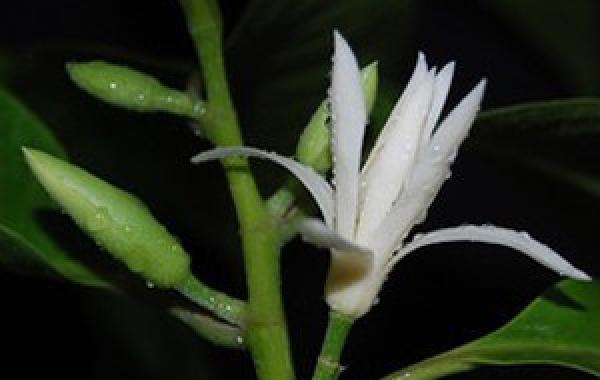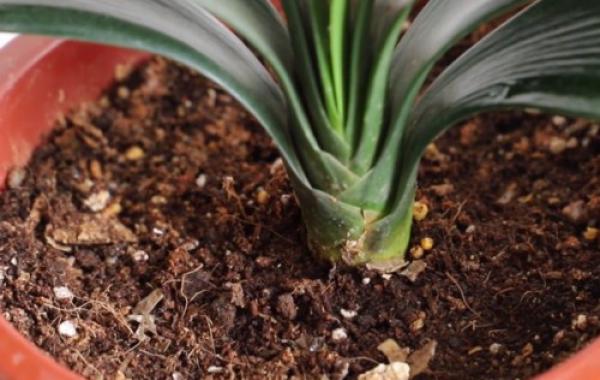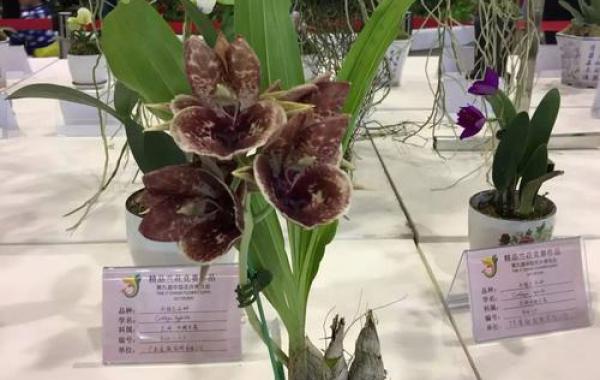What are the methods of controlling insect pests in white orchids?

We all know about the white orchid, but when we put the yellow orchid and the white orchid together, there is a vague feeling. If you don't take a closer look, it is really difficult to distinguish. Is the white orchid yellow orchid? The method of distinguishing between white orchid and yellow orchid. The difference between white orchids and yellow orchids is that white orchids and yellow orchids are so similar that many flower friends are …
We all know about the white orchid, but when we put the yellow orchid and the white orchid together, there is a vague feeling. If you don't take a closer look, it is really difficult to distinguish. Is the white orchid yellow orchid? The method of distinguishing between white orchid and yellow orchid. The difference between white orchids and yellow orchids is because white orchids and yellow orchids look so similar that many flower friends are foolishly confused. In fact, as long as you pay attention to the following points, it is easy to tell. 1. The color of the white orchid is indeed similar to that of the yellow orchid, but the obvious difference is that the flowers of the magnolia are white and the flowers of the yellow orchid are light yellow. It is very obvious just by this point. I believe that the flower friends with wise eyes can tell at a glance.
The peak growing season of white orchid is coming, this season makes white orchid have a good period of growth, and it is also a season of serious pest infestation. White orchid is also a high ornamental plant, which pest control methods need to be done for such a kind of white orchid.
First, the nymphs and adults of the red wax scale suck the flower juice, and its excrement often induces the occurrence of coal fouling disease, resulting in a layer of black mold or thick black film on the leaves, the whole plant becomes a black tree, and the plant is weak, rarely blooming or unable to blossom at all.
Control methods: ① winter and early spring, combined with pruning to remove some insect branches. ② can be scraped artificially in winter and spring if there are few or shorter flowers and plants. During the peak incubation period of nymphs, ③ sprayed 1000 times of 25% imidophos EC or 1500 times of 40% omethoate EC, once every 4-6 days, three times in a row. When ④ introduces flower seedlings, strict quarantine should be carried out to prevent insects from being brought into the plant.
2. Control methods of red spiders: ① soaked in citrus peel with 10 times water for one day and night, filtered and sprayed plants. ② detergent 15g, 20% caustic soda 15ml, water 7.5kg, mix the three and spray the plant. ③ 50g of plant ash, stirred with 2.5kg water, soaked and filtered for two days and nights, then mixed with 3g of washing powder and sprayed evenly, once a day, three times in a row, and three more times after a week, can eliminate the second generation pests and put them into the soil to control maggots. ④ lit a plate of mosquito-repellent incense, placed it in a pot of diseased plants, and then tied it tightly with a plastic bag. After an hour of smoking, it could kill eggs and adults.
Third, the nymphs of fried cicadas suck the root juice of flowers in the soil, the adults suck the juice of the main leaves, and the female inserts the ovipositor on the branches to lay eggs, causing the branches to die.
Control method: ① kills the newly unearthed mature nymph in time. If the occurrence of ② is serious, it can light a fire near the tree trunk on a hot summer night, shake the branches, burn the cicadas and kill the cicadas that fall outside the fire. ③ uses sticky tung oil or a sticky ball kneaded by cobwebs to stick to the end of the bamboo pole to catch adults. ④ inspected and cut off the spawning branches in time from April to August.
Fourth, the control method of cotton scale: ① artificial control. Pinch off female worms and oocysts with hands or tweezers, or cut off multi-worm branches and leaves. ② biological control. Attract and release natural enemies such as big red ladybug and Australian ladybug to prey on cotton scale. Prevention and treatment. During the transfer period of newly hatched nymphs, 40% omethoate 1000 times, or 50% fenitrothion 1000 times, or ordinary washing powder 1000 times, once every 2 weeks, for 3-4 times.
Before the occurrence of insect pests, it is necessary to spray water frequently to increase the humidity to prevent them; after the occurrence of insect pests, clean water can be used to wash the leaves, and insecticides should be sprayed in serious cases.
Related
- Is the orchid suitable for indoor use? Is it good for the body?
- How to prevent the empty root of orchids?
- What to do after the crab claw orchid is withered?
- Why are the leaves of orchids always yellow? Fertilizing and watering.
- Can the root of the gentleman orchid be saved if it is rotten?
- Diagnosis and treatment of cotton-blowing beetle insects in Cymbidium
- There is a way for a gentleman's orchid to rot.
- What is the most suitable temperature and humidity for the orchid?
- How to raise a gentleman's orchid? Cultivation techniques of Cymbidium
- How to prepare the nutritive soil for the cultivation of Cymbidium



